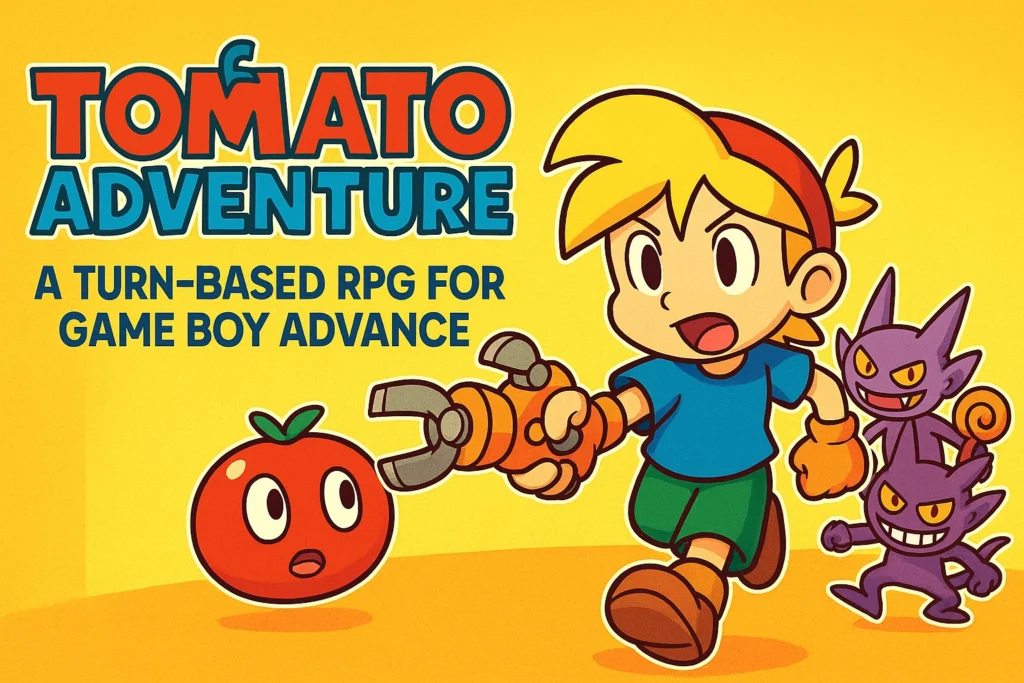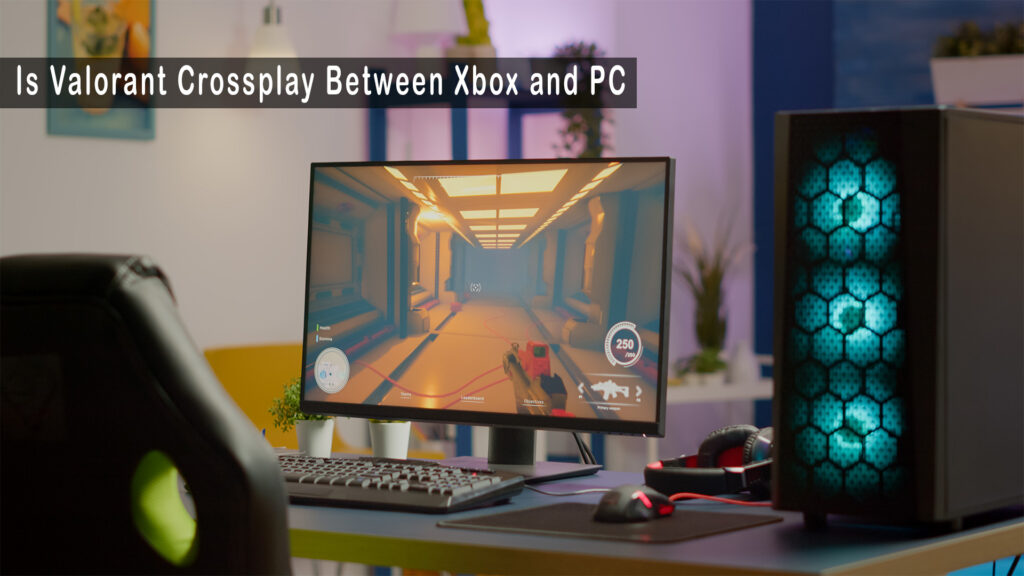Tomato Adventure is a bright, turn-based RPG made for the Game Boy Advance. It came from AlphaDream, the team that later created the Mario & Luigi RPG series. Released in 2002, the game brought charm, energy, and humor to handheld gaming. Its world was playful and full of gadgets, toys, and strange characters. Each area felt different, with odd towns and silly villains.
Combat in Tomato Adventure stood out. Instead of basic commands, players used short mini-games called gimmicks. These tested timing, rhythm, and reflexes. Every battle felt active and hands-on. You didn’t just choose an attack you had to earn it.
The game looked sharp and ran smooth. It had a fun story and solid controls. Nintendo published it, so the backing was strong. On paper, it had what it needed to do well. But there was one catch. It never left Japan.
Nintendo skipped an international release. No English version came out. Most gamers outside Japan never knew it existed. Over time, the game faded from view. Only a few fans remembered it.
Today, people look back and see what was lost. Tomato Adventure was bold and full of ideas. It took chances and left a mark. It may not have been a hit, but it stands as one of the most original games on the Game Boy Advance.
What Is Tomato Adventure?
Tomato Adventure is a quirky role-playing game made for the Game Boy Advance. Players take on the role of DeMille, a young boy from the colorful Ketchup Kingdom. The story mixes silly humor with strange enemies, toy-themed gadgets, and bright settings. Every part of the game feels playful and bold.
The combat system is where things really stand out. Instead of using normal menu-based attacks, the game uses “Gimmick Battles”. Each attack triggers a short, fast-paced mini-game. These challenges test your timing, reflexes, and rhythm. You have to win the mini-game to deal damage. It turns every fight into something active and fun.
The game may look light and silly, but it holds deep strategy. Each gimmick works like its own skill. You unlock more as you progress, which makes the gameplay grow with you. You have to think, react, and plan ahead. This system later inspired the battle style used in the Mario & Luigi series. That makes sense Tomato Adventure came first.
Who Made It?
AlphaDream was the team behind Tomato Adventure. They were small, but many of the developers had experience with well-known RPGs. Some had worked on Super Mario RPG: Legend of the Seven Stars, a classic from the Super Nintendo era.
Nintendo saw promise in their work and supported the project. They released Tomato Adventure in Japan as a first-party title. It had solid backing and a chance to succeed. But Nintendo made a key choice they never released it outside Japan. No English version was made. That decision kept the game unknown to most players around the world.
Why It Never Left Japan
Many fans still wonder why Tomato Adventure never got an English release. It had Nintendo’s backing, fun gameplay, and a solid design. But despite all that, it stayed locked in Japan. The reasons are not simple, but a few stand out.
1. Tone and Style
Nintendo of America likely saw the game as too childish for Western markets. Tomato Adventure used bold colors, playful designs, and silly character names. Its world felt like a toy box come to life. At the time, Nintendo focused more on games with a broad age appeal. They may have felt this title leaned too far into kid-friendly territory. That made it harder to sell to older players in the West.
2. Strong Competition
The Game Boy Advance had major hits in 2002. Games like Pokémon Ruby & Sapphire, Golden Sun, and Advance Wars were already popular. These games pulled in large global audiences. Nintendo may not have wanted to invest in a smaller RPG that had less name recognition. Compared to other titles on the system, Tomato Adventure looked like a gamble. So it stayed a Japan-only release.
3. Localization Challenges
Translating Tomato Adventure would not be easy. The game’s story uses wordplay, jokes, and culture-based humor. Many characters and places have pun-based names that make sense only in Japanese. Adapting these for an English-speaking audience would take a full rewrite, not just translation. It takes extra time and money to make that happen. Nintendo likely decided it wasn’t worth the effort for a title with limited commercial upside.
A Missed Opportunity?
In hindsight, some fans feel Nintendo missed a chance. The game had charm and creativity. The battle system felt fresh and far beyond what other games offered then. With the right marketing, it might have built a loyal fan base outside Japan. But without a Western release, Tomato Adventure faded into obscurity remembered only by import fans and gaming historians.
Did It Really Fail?
In Japan, the game did not sell well. It launched quietly and lacked strong marketing. Review scores were solid, but not great. Many players missed it because other bigger titles launched around the same time.
Outside Japan, the game became a mystery. As the Mario & Luigi series grew, fans looked back and found Tomato Adventure. That gave it a second life, but only among collectors and retro fans.
Legacy of Tomato Adventure
Tomato Adventure did not vanish completely. Many of its battle ideas and visual style were later used in Mario & Luigi: Superstar Saga, which launched globally in 2003. That game became a hit and led to a full series.
Even though Tomato Adventure never got an English release, fans still talk about it. A full fan translation is now available online. Many retro game fans consider it a “hidden gem.”
Common Questions
What is Tomato Adventure?
Tomato Adventure is a turn-based RPG made for the Game Boy Advance. AlphaDream developed it. Nintendo only released it in Japan.
Why did Tomato Adventure never get a global release?
Nintendo likely skipped a global launch because of its cartoon style, complex translation needs, and strong competition on the GBA.
Who is the main character in Tomato Adventure?
The story follows DeMille, a boy from the Ketchup Kingdom. He goes on a quest to save his friend and stop strange rulers.
Is there a link to the Mario & Luigi games?
Yes. AlphaDream created both. Tomato Adventure used early forms of the combat and humor later seen in Mario & Luigi: Superstar Saga.
Can I play Tomato Adventure in English now?
Yes. A full fan-made English patch is available online. It lets you play the game on an emulator.
Is Tomato Adventure rare today?
Yes. Physical copies are hard to find. They often sell at high prices to collectors.
If you like playful themes and colorful fun, you might also enjoy these Minecraft party game ideas kids will love, perfect for birthdays and weekend events.
Final Thoughts
Tomato Adventure was fun, bold, and full of life. It had fast action, smart design, and a world filled with energy. AlphaDream used this game to show the kind of ideas that would later shape the Mario & Luigi series. The game ran smooth and looked great on the Game Boy Advance.
But it never got the chance to shine worldwide. Nintendo only released it in Japan. Without an English version, many gamers missed out. Over time, the title faded from view. Only a few fans found it through imports or fan-made versions.
Still, it stands as a rare gem. If you like handheld RPGs or want to see where AlphaDream started, Tomato Adventure is worth your time. It may not be famous, but it made a mark. Some games become hits. Others become legends among those lucky enough to play them.



